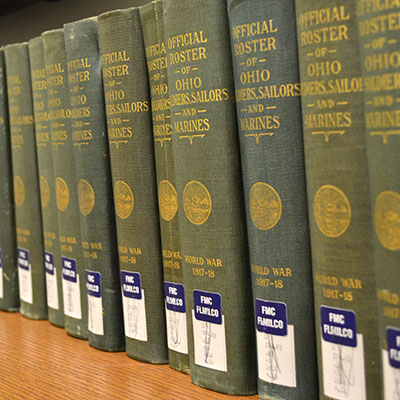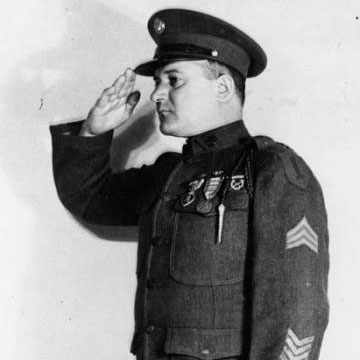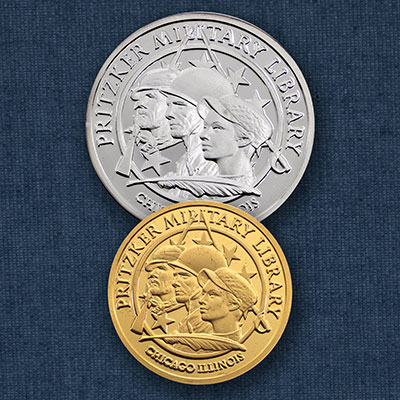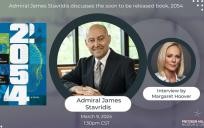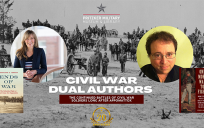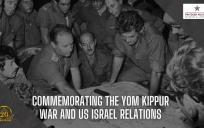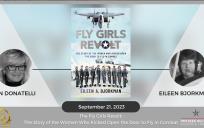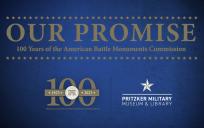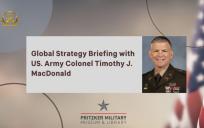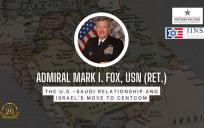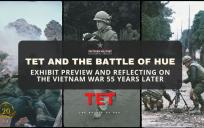
Record date:
Maxwell Taylor Kennedy: Danger's Hour: The Story of the USS Bunker Hill & The Kamikaze Pilot Who Crippled Her
The USS Bunker Hill was a behemoth, among the largest ships ever built - like a floating skyscraper laid flat on the sea, with capacity for 3,400 men and 100 aircraft. But it was nearly destroyed by one young pilot, who had no intention of surviving the attack.
On May 11, 1945, after nearly two months at sea, the Bunker Hill came under attack by kamikaze pilots off the coast of Okinawa. The first plane skidded off the deck and bounced into the water, sweeping dozens of crewmen and aircraft with it. But the second plane hit the flight deck hard, igniting gasoline fires all over the ship. Above deck, the survivors faced an impossible decision: stay on the ship, where fires raged out of control, or leap into the shark-infested waters below. But the Bunker Hill also had a fatal design flaw: its ventilation systems pumped heat, smoke, and toxic fumes from the fires above into sealed compartments below, where engineers were struggling to keep the ship from sinking. Knowing it would cost their lives, the engineers remained at work in the boiler rooms to ensure the rest of their shipmates would survive.
But Danger's Hour is a story from both sides of the war. Like many college students in wartime Japan, Kiyoshi Ogawa - pilot of the second plane - was pressed into service in the tokkotai. The harsh training regimen killed many pilots before the attacks began. The kamikaze dive was an extremely difficult maneuver, even for an expert flier, but fuel shortages meant that novice pilots could only receive limited training; sometimes as few as seven days elapsed between their first take-off and their fatal mission. Although official records were destroyed after the war, Maxwell Taylor Kennedy interviewed surviving pilots to reconstruct the thoughts, motives, and experiences of the young men who flew those suicide missions. Among them were warrior-poets and fanatics, but also friendly, cheerful young men like Ogawa, still remembered and mourned by his family today.
Maxwell Taylor Kennedy is also the author of Make Gentle the Life of This World: The Vision of Robert Kennedy. He taught environmental studies at Boston College, where he co-founded the Urban Ecology Institute, and co-led an expedition to locate the wrecks of a fleet of pirate ships off the coast of Venezuela. He is currently a research fellow at the John Carter Brown Library for Advanced Research in History and the Humanities at Brown University.
